Postcards from Copenhagen gives three photographers the opportunity to travel to Copenhagen on an exclusive group commission. To introduce the competition, British Journal of Photography will profile a number of photographers working out of the Danish capital.
Until 2015, the Mexican government failed to officially acknowledge the 1.38 million citizens of African descent living in the country. Despite their eventual recognition in the 2015 census, Afro-Mexican people remain on the fringes of Mexican society. “Unfortunately, I doubt that it has made it any easier to be a black person living in Mexico,” says Cécile Smetana Baudier, a French Danish photographer whose series – Diaspora; Costa Chica – documents an Afro-Mexican community in southern Mexico. “In a country that idealises anything with a Western aesthetic, Afro-Mexicans are often considered too black to be ‘real’ Mexicans.”
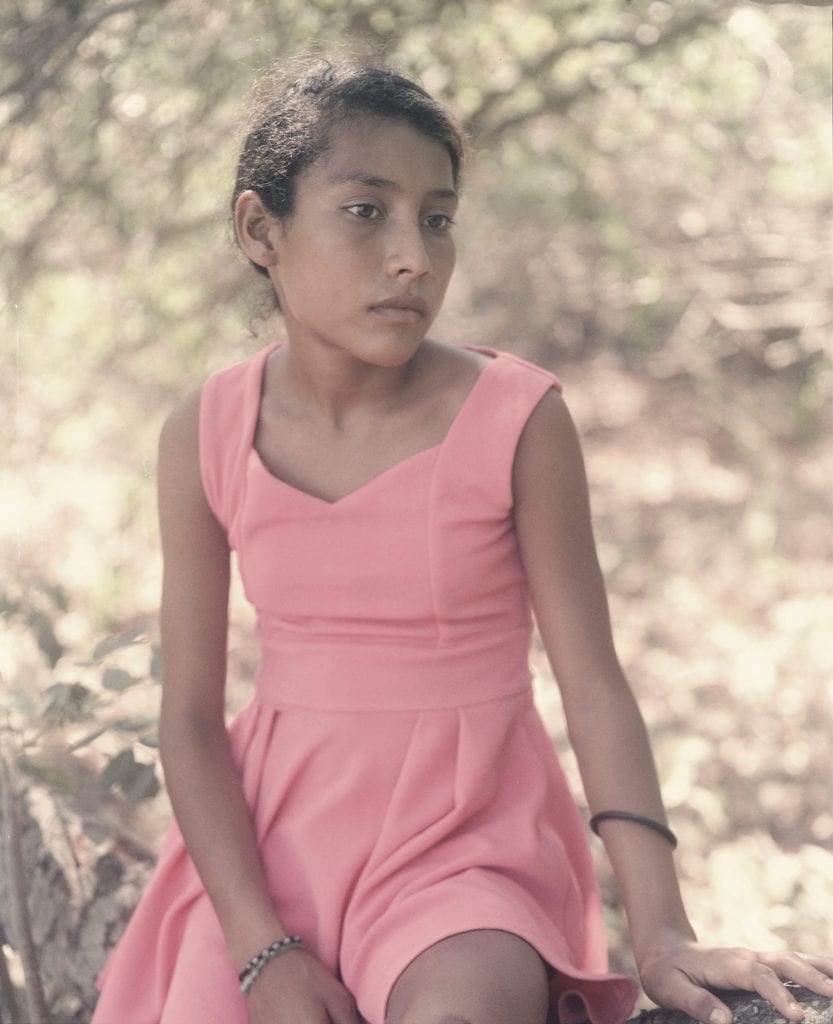
While living in Mexico, Baudier broke her tooth and had to visit a local dentist. It was in the waiting room that she happened upon a book of photographs that documented a local Afro-Mexican community. The photobook proved pivotal. Just several weeks later, having photographed barely anything for six months, Baudier set off for a rural fishing village in the south of the country on a personal assignment.
El Azufre is nestled in the bucolic surrounds of Chacahua, a national park in Costa Chica. Despite the village being home to a large population of Mexicans of African descent, Afro-Mexican culture, according to Baudier, is all but non-existent. Baudier pitched a tent in the front garden of a local family’s home and spent the next five weeks photographing the village’s residents going about their daily lives.
The resulting series, Diaspora; Costa Chica, offers an intimate insight into El Azufre’s Afro-Mexican community. Most villagers wake before sunrise to avoid the scorching heat; the women bake tortillas while the men fish. Family is the centre of most people’s lives in El Azufre and many who are born in the village remain there for their entire lives. There is no internet in the village and very little contact with the outside world.
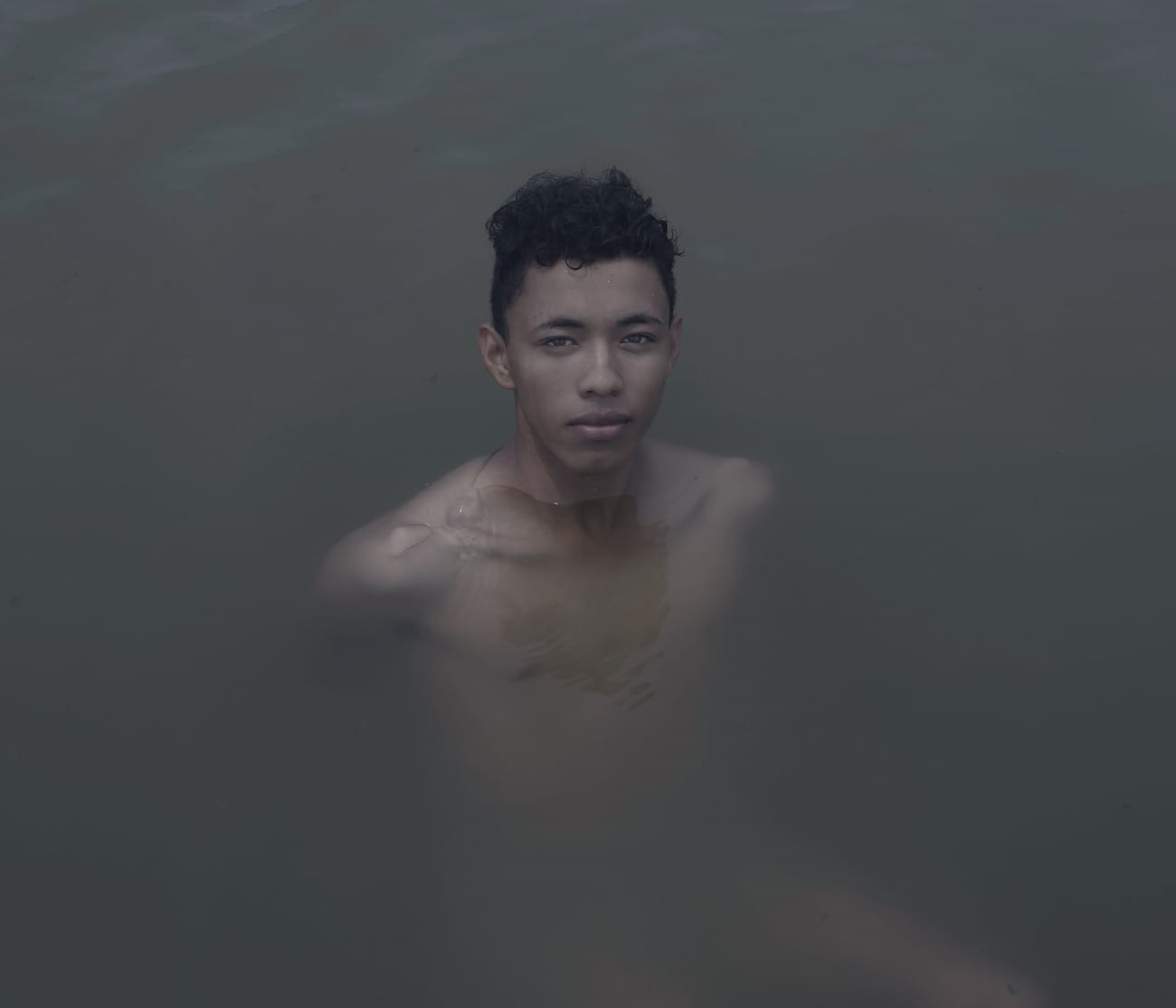
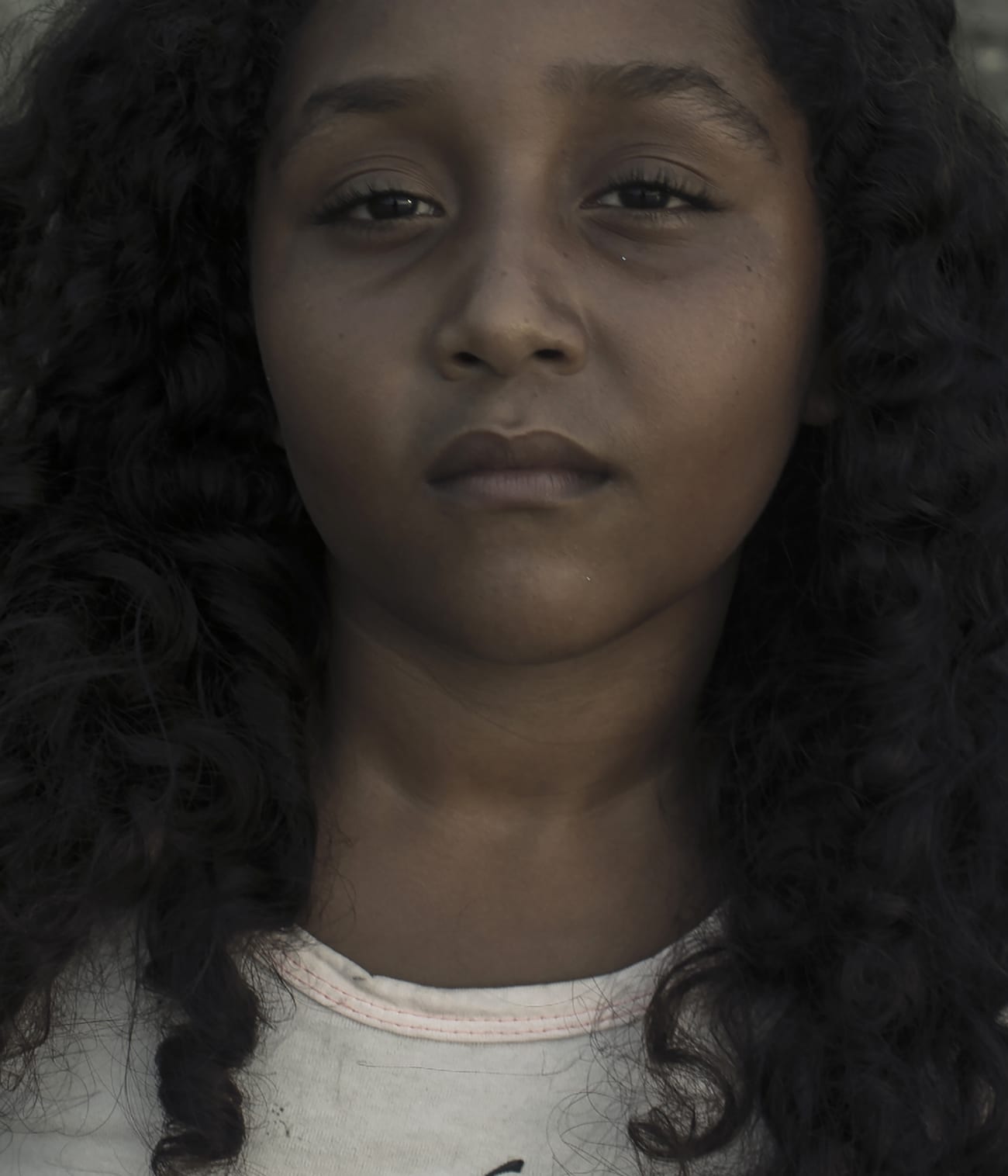
Identity is a constant struggle for people of African descent living in Mexico, particularly as the history of Afro-Mexican people is not taught in schools. Ngola, a man who has lived in El Azufre for his entire life, told Baudier: “I know that we came here from Africa, but that is all I know.” Baudier also talked to many young girls in Costa Chica. “They thought they were ugly because they were ‘too black’,” recalls Baudier. “They didn’t like the word Afro-Mexican and would paint their faces white.” Nicolasa, a local woman in her sixties, expressed her concerns at being photographed. She told Baudier: “We are not used to people thinking we are beautiful.”
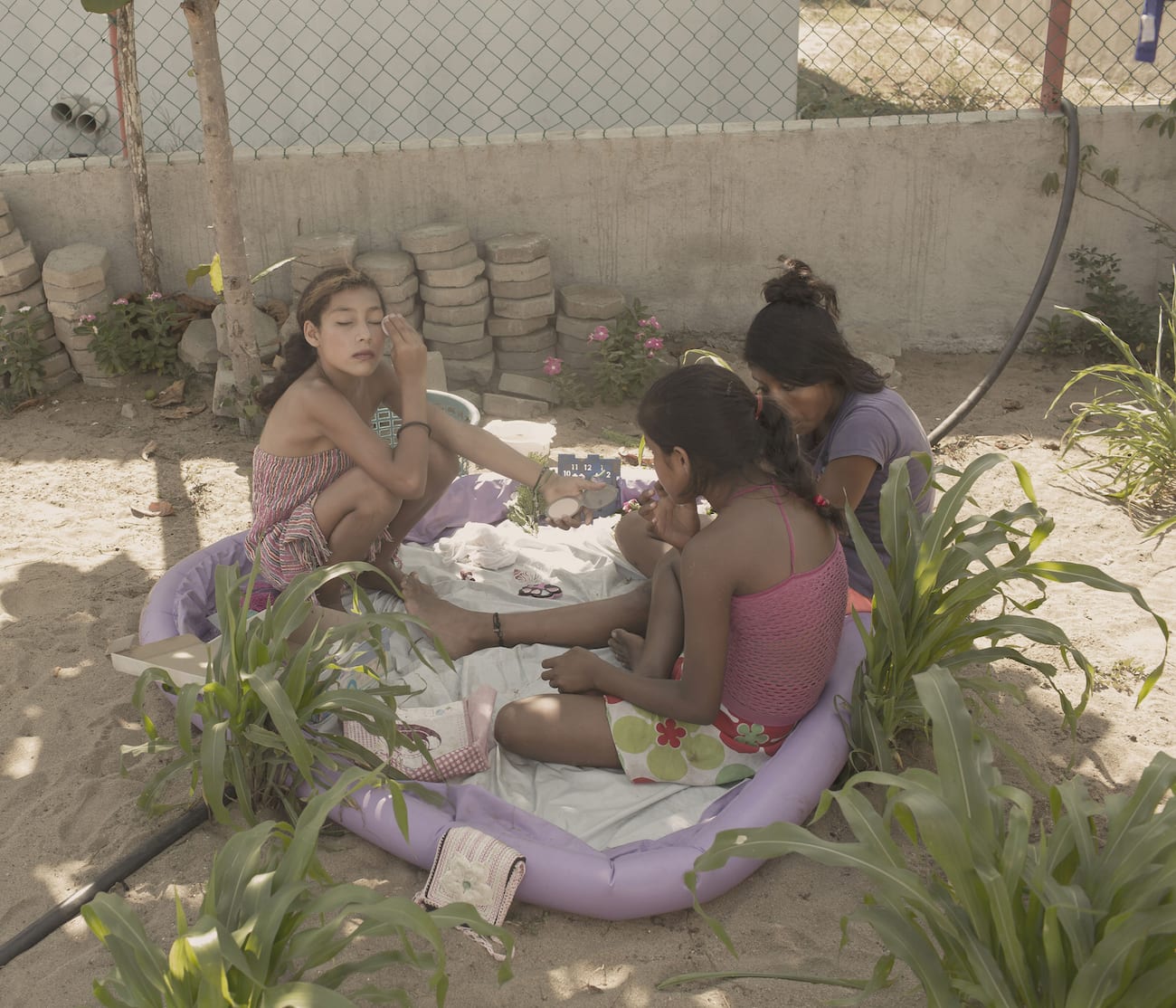
Baudier is currently based in Copenhagen. Having studied at the Danish School of Media and Journalism in Aarhus, as well as Copenhagen’s Fatamorgana school of photography, she later spent 18 months as a photographer at the Danish national newspaper Jyllands-Posten. Despite regularly photographing overseas, Baudier’s formal education in Denmark continues to inform her practice. “Photography teachers in Denmark teach that by being a part of the country’s small photo community, you are a part of something bigger than yourself,” she explains.
Postcards from Copenhagen – a competition run by British Journal of Photography and Wonderful Copenhagen – is giving three photographers the opportunity to travel to Copenhagen to create an intimate portrait of the Scandinavian city. It is Baudier’s connection with, and understanding of, her subjects, that makes Diaspora; Costa Chica such a powerful body of work. Without fully immersing herself in the lives of her subjects, it is unlikely that the photographs she took would carry such gravitas. The winning photographers of Postcards from Copenhagen will have the opportunity to take a similarly hands-on approach.
Baudier’s personal rationale for exploring concepts of identity was also crucial to the poignancy of Diaspora; Costa Chica. “I grew up with a dad who was born in Tunisia, raised in Algeria, studied in France and then worked and lived in Denmark. He never felt like he belonged anywhere,” says Baudier. “I have seen how this can come to define you – that feeling of alienation and not belonging. If you are constantly told that you do not belong – that you don’t fit the profile of what you are supposed to be and look like – it changes who you are and how you see the world.”
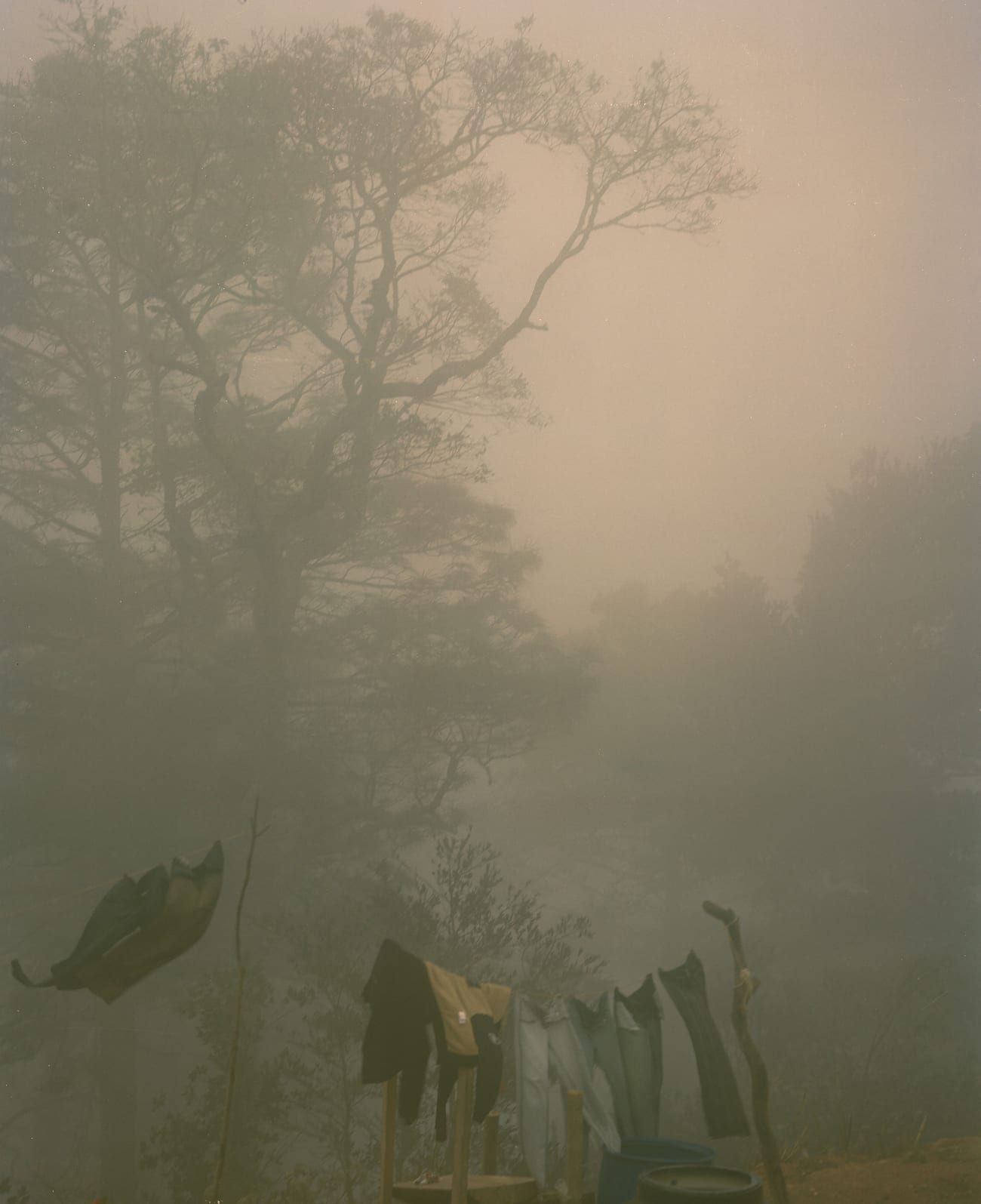
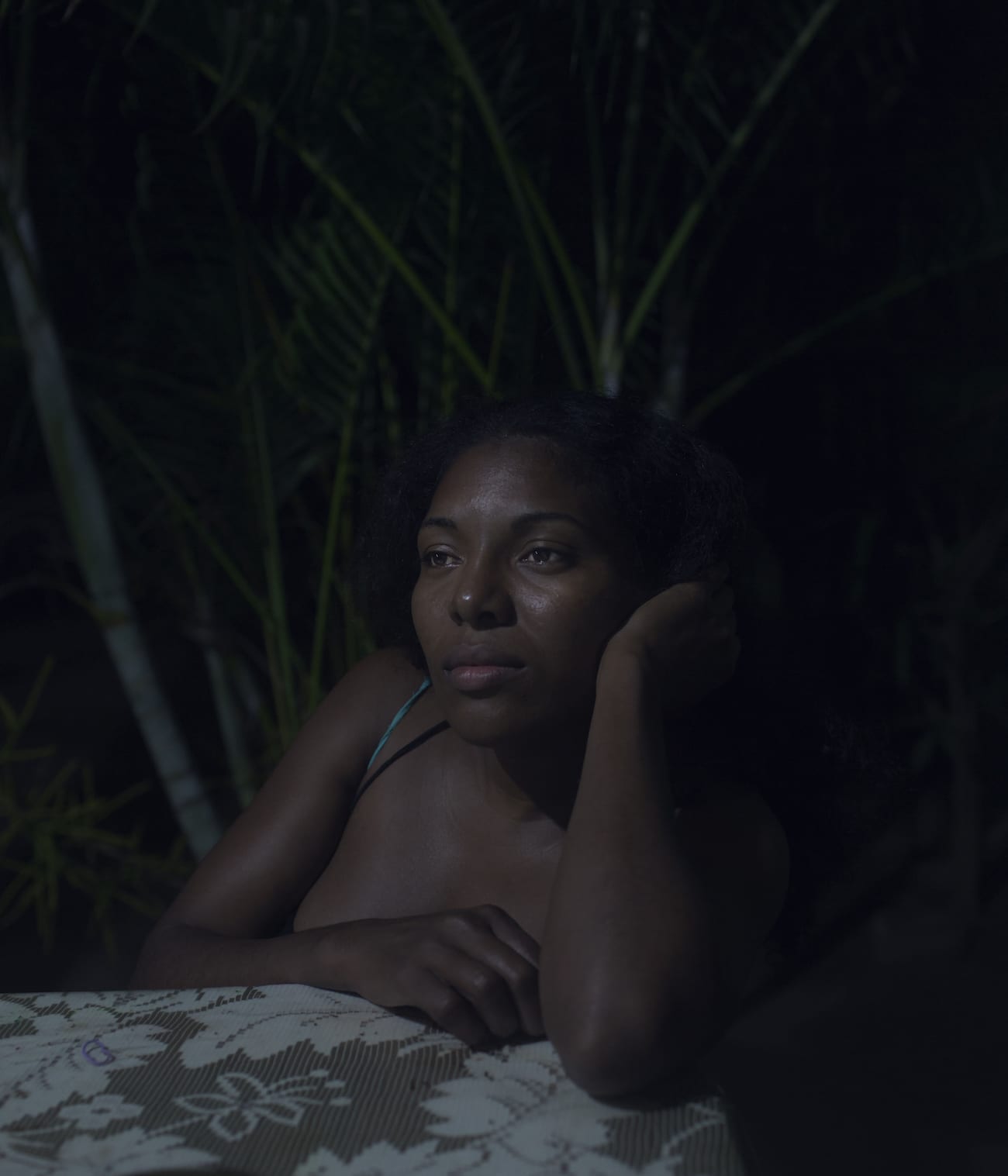
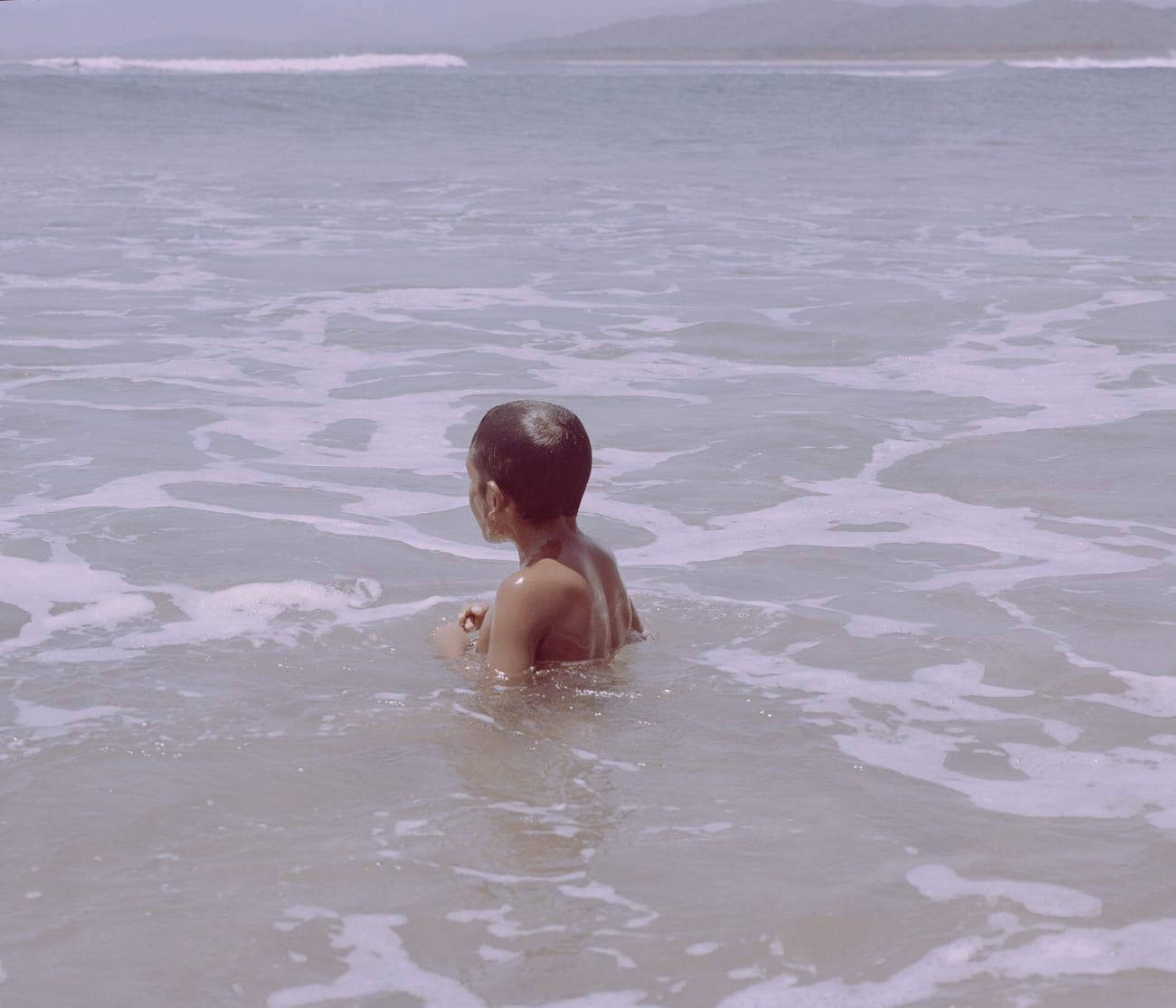
Postcards from Copenhagen is a British Journal of Photography commission made possible with the generous support of Wonderful Copenhagen. Please click here for more information on sponsored content funding at British Journal of Photography.
